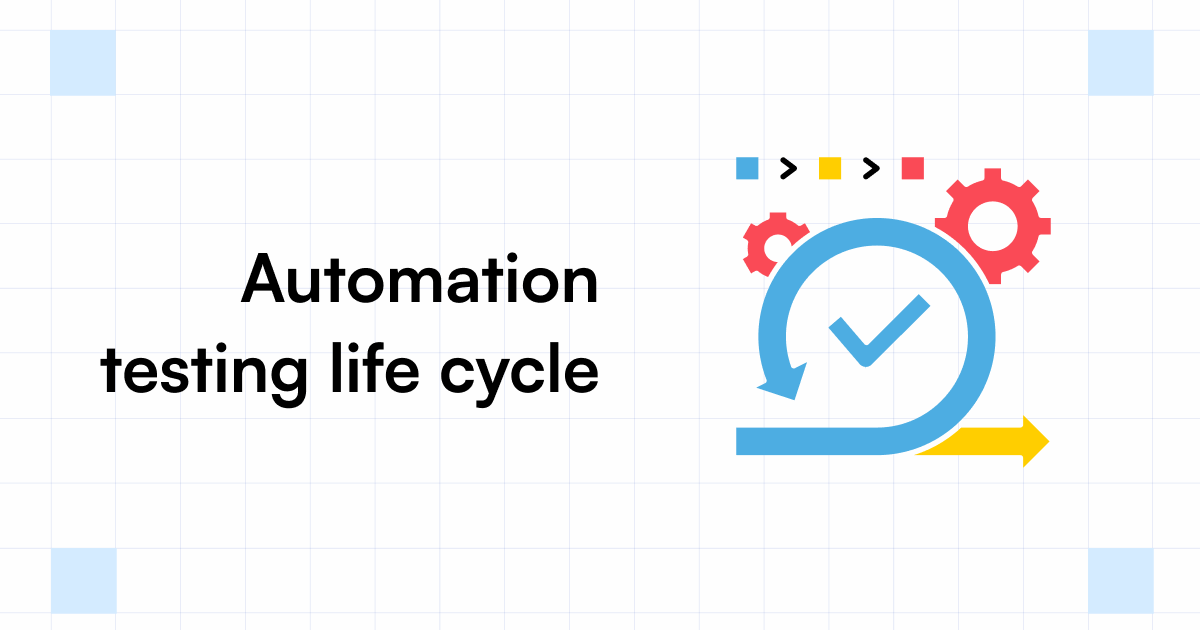From Guidebook to Automated Screening: A Comprehensive Overview to Transitioning Smoothly and Efficiently
In the realm of software program testing, the change from manual to automated processes has actually come to be a significantly essential shift for organizations looking for to boost effectiveness and accuracy in their screening practices. The trip from guidebook to automated testing is not without its difficulties, however when come close to strategically and with a clear strategy in mind, the advantages can be significant.
Benefits of Automated Testing
Automated screening supplies numerous benefits, boosting performance and accuracy in software growth procedures. One primary benefit is the considerable reduction in screening time. Automated tests can be run all at once on numerous tools and operating systems, considerably accelerating the testing phase contrasted to hands-on screening. This raised performance permits faster feedback on the top quality of the software application, allowing developers to recognize and address concerns without delay.
Moreover, automated screening makes certain a greater level of accuracy in spotting problems. Consistency in testing is additionally boosted, as automated tests carry out the exact same actions specifically each time they are run.
Picking the Right Devices
First of all, assess your objectives and demands. Understand the scope of your project, the modern technologies involved, and the skill collection of your group. This analysis will help you identify the functions and abilities you need in your screening devices.
Second of all, take into consideration the compatibility of the devices with your existing systems and procedures. Smooth assimilation with your existing software advancement lifecycle is important to ensure a smooth transition to automation.
Additionally, review the scalability and flexibility of the tools. As your screening needs evolve, the tools ought to have the ability to adjust and suit adjustments effectively.
Lastly, consider the assistance and area around the devices. When executing automated testing, robust assistance and an active user area can offer important resources and support. By thoroughly thinking about these aspects, you can select the right tools that line up with your requirements and established the stage for an effective change to automated testing.
Writing Effective Examination Manuscripts

When crafting examination manuscripts, it is necessary to think about the certain needs of the software program being examined and make sure that the scripts resolve all important functionalities. Detailed and clear naming conventions for test manuscripts and test situations can improve readability and maintainability. Additionally, incorporating mistake handling systems within the test manuscripts can help in recognizing and attending to concerns immediately.
Additionally, arranging test manuscripts into modular parts can boost reusability and scalability, lowering redundancy and improving effectiveness in test script maintenance. Normal evaluations and updates to evaluate scripts are critical to equal evolving software requirements and capabilities. By following these principles, testers can produce reliable and robust examination scripts that contribute dramatically to the success of automated screening processes.
Integrating Automation Into Workflows
By seamlessly integrating automated screening devices like Selenium or Appium right into the software program growth lifecycle, groups can attain faster feedback on code adjustments, leading to quicker pest discovery and resolution. This combination enables for continuous testing throughout the development process, making sure that any type of problems are identified early on, resulting in greater software application quality. Proper combination of automation tools requires collaboration between development, testing, and procedures teams to learn the facts here now establish a unified workflow that maximizes efficiency and efficiency in providing high-quality software products.
Ensuring a Smooth Change
Efficiently transitioning to automated screening includes meticulous planning and mindful implementation to make the most of and decrease interruptions efficiency in the software program growth procedure - automation testing. To make sure a smooth transition, it is crucial to start by performing a detailed analysis of the present screening processes and recognizing areas where automation can bring one of the most considerable advantages. Involving with all stakeholders early on in the procedure, including developers, testers, and project supervisors, is important for amassing support and buy-in for the automation effort
Interaction is crucial throughout this transition stage. Clear communication of the goals, advantages, and expectations of automated testing assists why not try this out to take care of any resistance or concerns that might occur. In addition, supplying sufficient training and sources for group members to upskill in automation tools and techniques is crucial for guaranteeing a successful change.

Final Thought
Finally, transitioning from manual to automated testing supplies various advantages, consisting of enhanced efficiency and dependability. By selecting the suitable devices, composing efficient examination scripts, and incorporating automation flawlessly into operations, organizations can make certain a smooth and successful change. It is important to embrace automation as a useful possession in software program screening processes to boost overall high quality and productivity.
In the realm of software program screening, the shift from guidebook to automated procedures has ended up being a significantly essential shift for companies looking for to improve performance and accuracy in their screening practices. Automated examinations can be run all at once on numerous devices and operating systems, drastically speeding up the testing stage compared to hands-on screening. Consistency in screening is additionally improved, as automated tests execute the exact same actions specifically each time they are run.To guarantee the successful execution of selected testing devices, the creation of efficient test scripts plays a critical duty in verifying the functionality and efficiency of automated procedures - automation testing. By complying with these concepts, testers can produce efficient and durable test manuscripts that contribute significantly to the success of automated screening processes